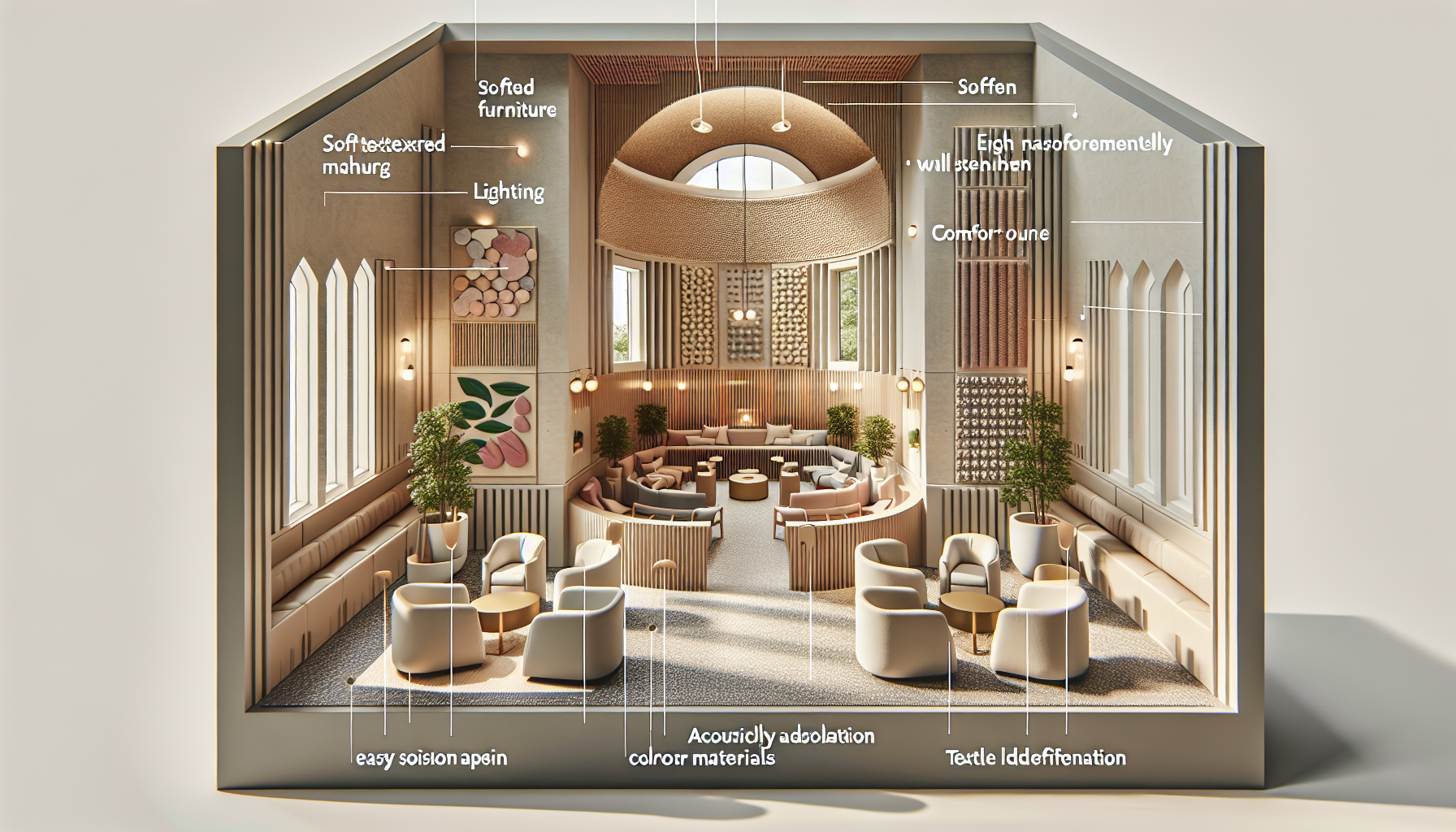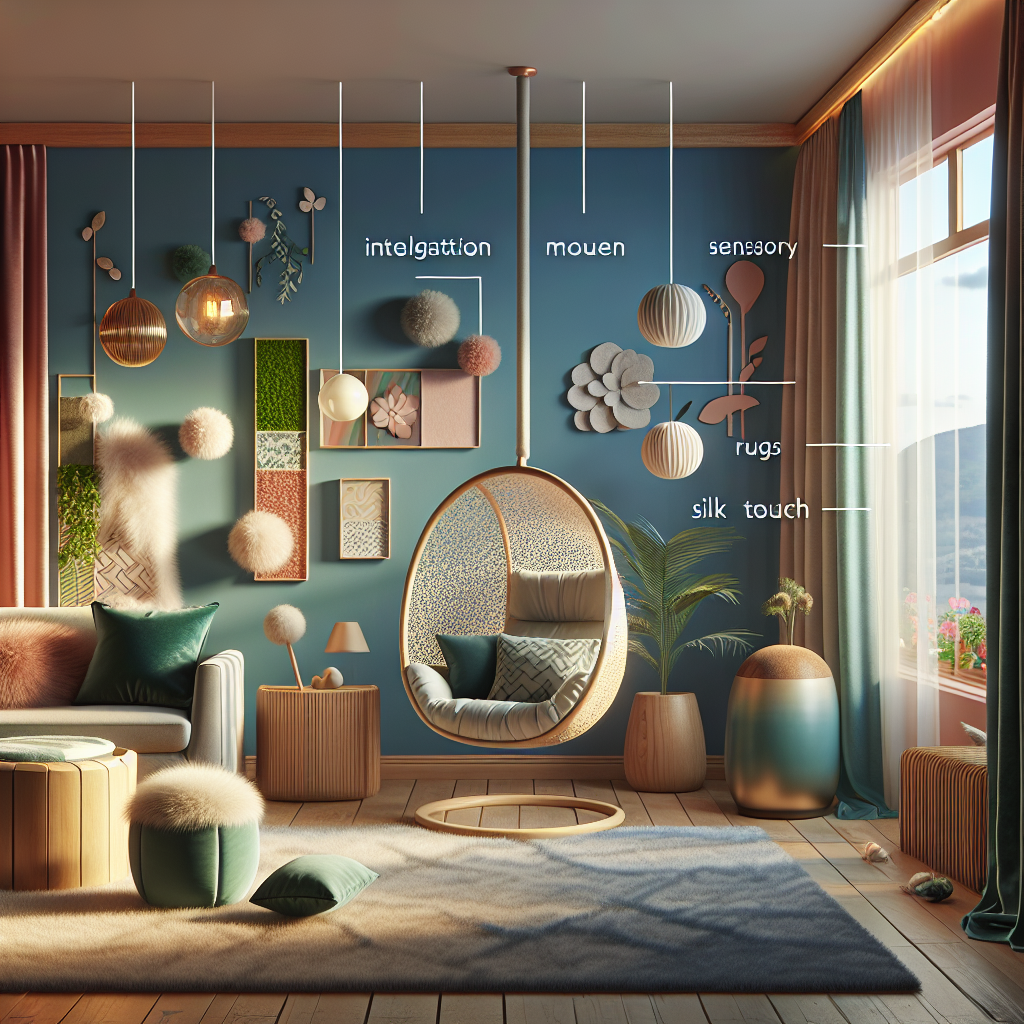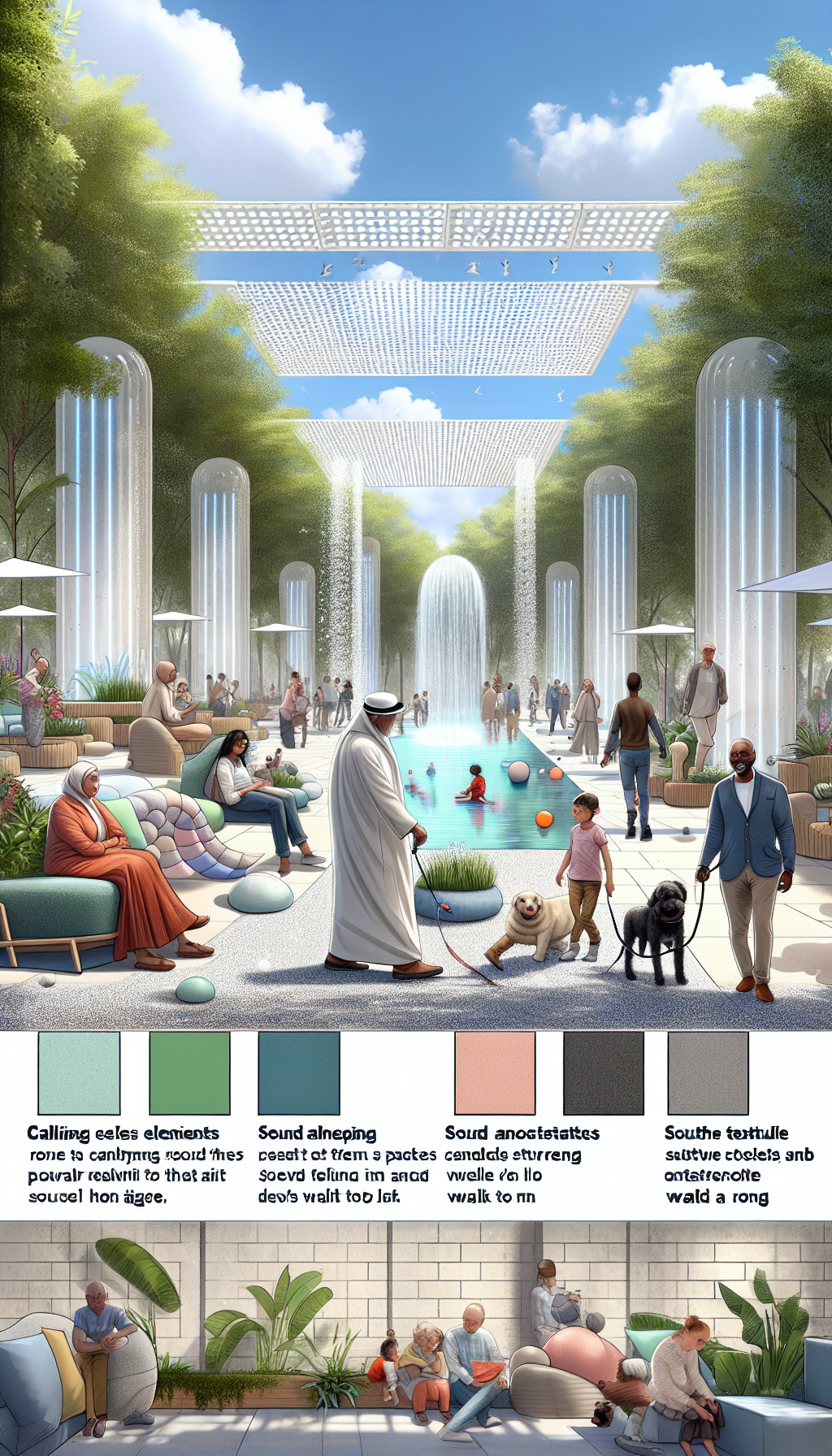In a world that is increasingly acknowledging the importance of inclusive environments, sensory-friendly design in architecture and interior design has emerged as a crucial aspect of creating spaces that cater to a diverse range of needs. This design philosophy aims to develop environments that are comfortable, navigable, and enjoyable for people with sensory processing challenges, including those with autism, ADHD, and sensory processing disorder, as well as the elderly and individuals with various other needs.
Understanding Sensory Health and Its Impact on Space
Sensory health is a critical aspect of our overall well-being, encompassing how we process and respond to the information our senses receive. For many individuals, particularly those with sensory processing disorders, navigating through typical public or private spaces can be overwhelming. A key resource in understanding the nuances of sensory health is Avix Health’s own comprehensive guide on Sensory Health, which provides valuable insights into how sensory processing works and its implications for design.
Sensory-friendly design takes into account factors like lighting, acoustics, materials, and spatial organization to create environments that reduce anxiety and stress. These spaces often feature controlled sensory stimuli to help individuals with sensory sensitivities feel more comfortable and focused.
The Intersection of Sensory Health and Mental Well-being
The connection between sensory health and mental well-being is profound. Environments that disregard sensory needs can exacerbate stress, anxiety, and discomfort, leading to a negative impact on mental health. Conversely, spaces that acknowledge and cater to these needs can promote calmness, safety, and overall mental well-being. It is vital for designers to comprehend this connection, and resources such as the detailed analysis found in "The Intersection of Sensory Health and Mental Well-being" offer in-depth perspectives on this topic.
Principles of Sensory-Friendly Design
When incorporating sensory-friendly elements into architectural and interior design, several key principles should be followed:
1. Lighting
Lighting should be adjustable, with options to control intensity and color temperature. Natural light is preferable, but when artificial lighting is necessary, fixtures that minimize glare and flickering can help prevent discomfort.
2. Acoustics
Sound-absorbing materials can reduce echo and background noise, creating a quieter, more focused environment. Designers might also consider the layout of spaces to minimize noise travel.
3. Color and Patterns
Colors and patterns should be chosen carefully to avoid visual overstimulation. Soothing, muted colors often work well, and it is important to be mindful of color contrasts and busy patterns that could be disorienting.
4. Textures and Materials
Surfaces and furnishings should provide a variety of tactile experiences without being overwhelming. For instance, incorporating natural materials like wood or stone can offer a grounding, sensory experience.
5. Spatial Considerations
Clear signage, uncluttered paths, and defined areas for different activities can help individuals navigate spaces more easily and feel less anxious.
Creating Sensory-Smart Public Spaces
To better understand how these principles can be applied in public infrastructures, the article "Creating Sensory Smart Public Spaces" is an excellent resource. It explores the challenges and solutions in designing public areas that are accessible and comfortable for everyone, including those with sensory sensitivities.
Niche Resources for Sensory-Friendly Design
For those seeking to delve deeper into sensory-friendly design, there are several niche resources that provide a wealth of information:
- Sensory Design by Joye offers a unique perspective on how sensory experiences can be integrated into design practices.
- The Center for Health Design provides research and resources on how design can improve healthcare settings, which often require careful consideration of sensory elements.
- Inclusive Design Research Centre focuses on research and development in inclusive design, including sensory-friendly approaches.
The Link Between Sensory Health and Physical Activity
Physical activity in sensory-friendly environments can significantly enhance the sensory health of individuals. Designing spaces that encourage movement while accommodating sensory needs can lead to improved physical and sensory health. For more information on this aspect, the article "The Link Between Sensory Health and Physical Activity" discusses the importance of considering sensory health when promoting physical activity.
Challenges and Solutions in Sensory-Friendly Design
While the benefits of sensory-friendly design are clear, implementing it can come with challenges. Budget constraints, lack of awareness, and resistance to deviating from traditional design standards are common hurdles. However, the growing body of research and successful case studies provide compelling arguments for the adoption of these design principles.
Future Directions
The future of sensory-friendly design is promising, with new materials and technologies opening up possibilities for even more adaptable and responsive environments. From smart lighting systems that adjust to individual preferences to innovative acoustic solutions that tailor soundscapes, the potential for creating spaces that truly cater to sensory needs is vast.
Conclusion
Sensory-friendly design in architecture and interior design is about more than just aesthetics or functionality; it’s about acknowledging and respecting the diverse sensory experiences of individuals. By creating environments that support sensory health, we can foster inclusivity and enhance the quality of life for those with sensory sensitivities. As we continue to learn and apply these principles, the built environment will become more accessible and enjoyable for everyone.



